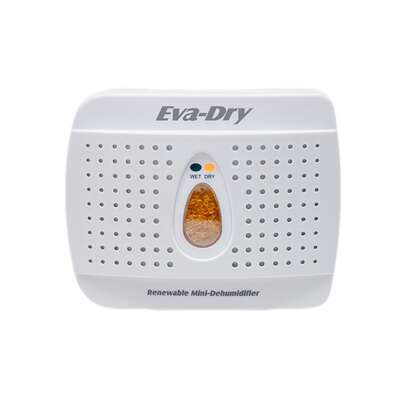FYI AFAIK desiccants don’t actually dry out the filament, they just prevent it from getting any wetter. To truly dry it, you could get a filament dehydrator or use a modified food dehydrator (among other options).
With that said, you might be able to use those, personally I’d just recommend collecting those “do not eat” packets that come with things and throwing those into your drybox.
They’re usually just little cloth packages of desiccant beads.
Personally, I store my filament in ziplock bags with a couple of those packets and it seems to work well for the most part. I also have a dehydrator (modified food dehydrator) though, which I use on filaments that were left out.
